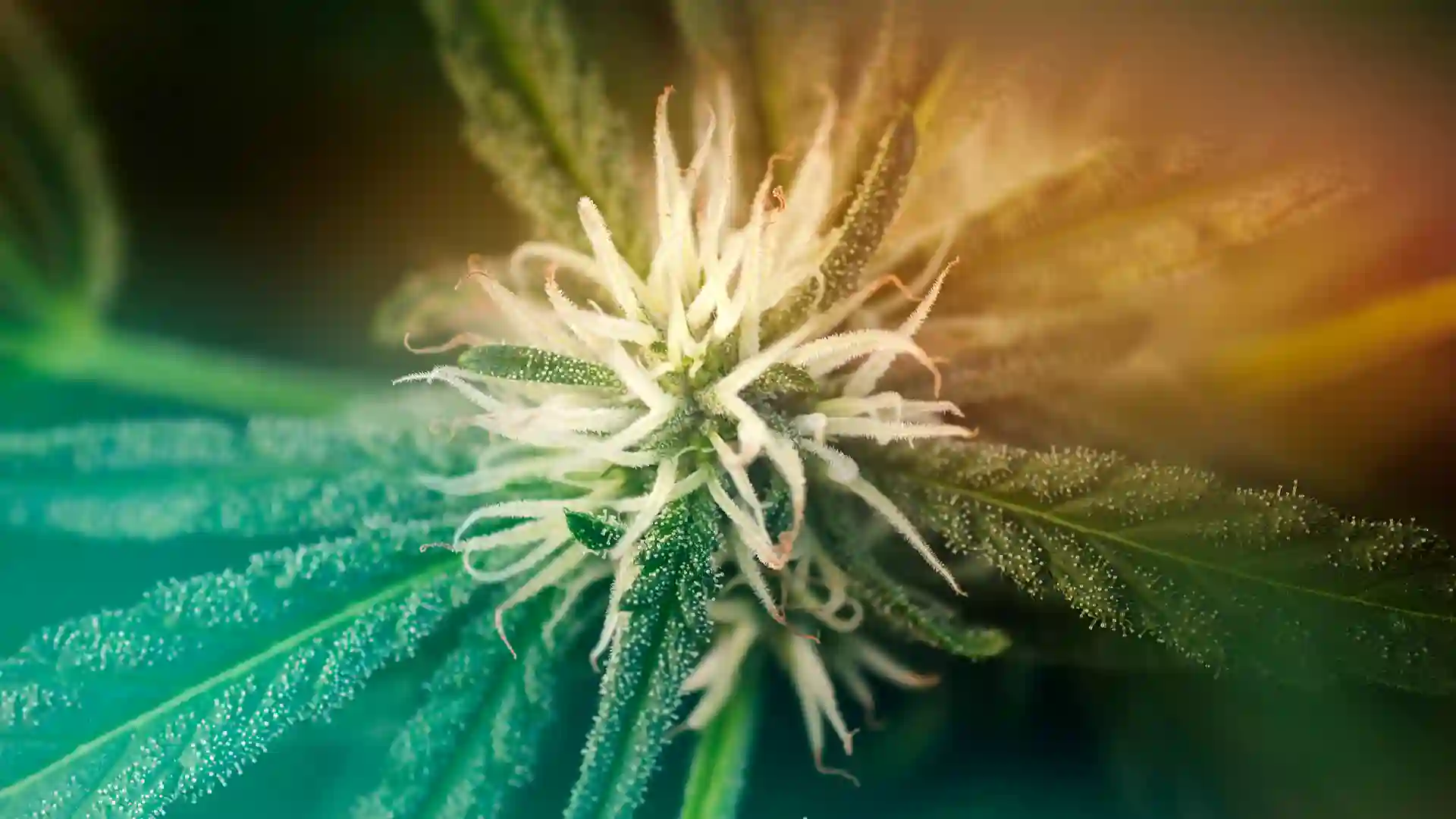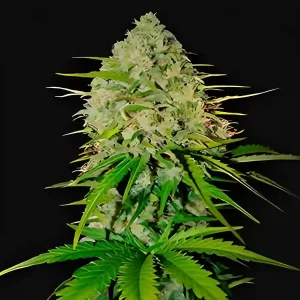Introduction
Cannabis plants, also known as marijuana, have been used for medicinal, recreational, and spiritual purposes for thousands of years. With the increasing legalization and mainstream acceptance of cannabis, it has become essential for growers, consumers, and researchers to understand the different types of cannabis plants and their characteristics.
Definition of cannabis plants
Cannabis plants are a type of flowering plant that belong to the Cannabaceae family. The two most common species of cannabis plants are Cannabis sativa and Cannabis indica, which are known for their psychoactive and medicinal effects.
Cannabis plants contain over 100 chemical compounds called cannabinoids, including tetrahydrocannabinol (THC) and cannabidiol (CBD), which have various therapeutic and recreational uses.
Brief overview of the importance of understanding the differences between male and female cannabis plants
Understanding the differences between male and female cannabis plants is crucial for growers and consumers alike. Male cannabis plants produce pollen, which is used to fertilize female plants and produce seeds.
However, the presence of seeds reduces the potency and quality of the buds, making seedless buds (also known as sinsemilla) more desirable.
Additionally, female cannabis plants produce the majority of the resinous buds that are harvested and used for medicinal and recreational purposes. Therefore, it is essential to distinguish between male and female plants to ensure that only high-quality buds are produced and consumed.
Summary
In this article, we will explore the physical and reproductive differences between male and female cannabis plants, their uses and applications, and why it is essential to understand these differences for growers and consumers alike. By the end of this article, you will have a better understanding of how to distinguish between male and female cannabis plants and why this is important for growing and using cannabis.
Physical Differences
Male and female cannabis plants differ in their physical characteristics, which can be observed during the vegetative and flowering stages of growth.
Size and Shape
Male cannabis plants tend to grow taller and have a more upright shape, with thicker stems and fewer leaves. In contrast, female plants tend to be shorter and bushier, with more leaves and branches.
Leaf Structure
Male cannabis plants have thinner, less complex leaves than females. Their leaves are also narrower and do not have as many leaflets. In contrast, female cannabis plants have wider, more complex leaves with more leaflets. Their leaves are also darker green and more dense.
Branching Patterns
Male cannabis plants have fewer branches than females and produce flowers in clusters at the end of the branches. Female cannabis plants have more branches and produce flowers along the length of the stem and branches.
Flower Appearance
The flowers (also known as buds) of male and female cannabis plants also differ in appearance.
Male cannabis plants produce small, greenish-yellow flowers that grow in clusters. In contrast, female cannabis plants produce larger, resinous buds with orange or red hairs (pistils) that protrude from the calyxes.
The buds of female cannabis plants are also more dense and have a higher concentration of cannabinoids and terpenes.
Understanding these physical differences between male and female cannabis plants is essential for growers! It’s crucial to identify and separate male plants from females, to ensure high-quality buds without seeds.
For consumers, these differences can also be useful in identifying the type and quality of the cannabis being purchased or used.

Reproductive Structures
Male and female cannabis plants also differ in their reproductive structures, which are critical for the growth and propagation of the plant species.
Cannabis Male Reproductive Organs
The male cannabis plants produce small, sac-like structures called pollen sacs, which contain pollen grains. Pollen is released from these sacs and carried by the wind or insects to female cannabis plants, where it fertilizes the female flowers to produce seeds. The pollen sacs are located at the nodes of the plant and are identified as small, round, and greenish-yellow structures.
Female Reproductive Organs
Female cannabis plants produce reproductive structures called pistils, which are composed of stigma, style, and ovary.
The stigma is the top part of the pistil and is covered in small hairs.
The style connects the stigma to the ovary, where the seeds are produced.
The ovary is located at the base of the pistil and is covered in small, translucent hairs called trichomes.
Trichomes produce resin, which contains cannabinoids and terpenes and is responsible for the characteristic aroma and flavor of cannabis.
Pollination and Seed Production
Pollination occurs when pollen from male cannabis plants fertilizes the female flowers. Once fertilized, the female flowers produce seeds, which are used for propagation or consumption.
However, seed production reduces the potency and quality of the buds and is undesirable for most growers and consumers. Therefore, growers often separate male plants from female plants to prevent pollination and ensure seedless buds (sinsemilla).
In summary, understanding the reproductive structures of male and female cannabis plants is crucial for growers to control the propagation of the plant species and produce high-quality, seedless buds.
Consumers can also use this knowledge to identify the type and quality of the cannabis being purchased or used.
Uses and Applications
Male and female cannabis plants have different uses and applications due to their physical and chemical differences.
Male Cannabis Plants
The male version of cannabis plants are mainly used for breeding purposes to produce new cannabis strains. They are also used for industrial purposes, such as hemp fiber production.
Male plants have lower cannabinoid concentrations and are therefore not suitable for consumption.
Female Cannabis Plants
Female cannabis plants are the primary source of high-quality buds for medicinal and recreational use. They contain higher concentrations of cannabinoids, including tetrahydrocannabinol (THC) and cannabidiol (CBD), and are therefore the preferred choice for producing cannabis products such as oils, edibles, and concentrates.
Hermaphrodite Cannabis Plants
Hermaphrodite cannabis plants possess both male and female reproductive organs and can self-pollinate or pollinate other plants. While they can produce high-quality buds, hermaphrodite plants are generally considered less desirable than female plants due to their tendency to produce seeds and lower yields.
Understanding the uses and applications of male, female, and hermaphrodite cannabis plants is critical for growers, consumers, and industry professionals in selecting the appropriate plants for their specific needs.
By choosing the right plants, growers can produce high-quality cannabis products while avoiding undesirable outcomes such as seed production and low yields. Consumers can also use this knowledge to identify the type and quality of the cannabis products they are purchasing or using.
Conclusion
In conclusion, male and female cannabis plants have significant differences that are important to understand for growers and consumers alike.
Summary of key differences between male and female cannabis plants
Male cannabis plants are smaller, produce pollen sacs, and have lower cannabinoid concentrations, while female cannabis plants are larger, produce pistils, and have higher cannabinoid concentrations. Understanding these physical and reproductive differences is crucial for controlling plant propagation and producing high-quality buds.
Importance of understanding these differences for growers and consumers
Growers can benefit from understanding the differences between male and female cannabis plants by controlling the propagation of the plant species, preventing pollination, and producing high-quality, seedless buds. Consumers can also use this knowledge to identify the type and quality of the cannabis products they are purchasing or using.
Final thoughts and recommendations
Overall, understanding the differences between male and female cannabis plants is critical for the successful cultivation and consumption of cannabis. Growers should choose the appropriate plants for their specific needs. While consumers should be knowledgeable about the products they are using. By working together, the cannabis industry can continue to improve the quality and safety of cannabis products for everyone.
Keypoint summary:
- Understanding the differences between male and female cannabis plants is crucial for successful cultivation and consumption of cannabis products.
- Growers need to be aware of the sex of their plants to control plant propagation and avoid pollination.
- Pollinated female plants will produce seeds, reducing the quality and potency of the buds.
- Seedless buds, known as sinsemilla, are more potent and desirable.
- Knowing the sex of a plant is critical for indoor growers who want to avoid pollination. While outdoor growers may use male plants for breeding purposes.
- Female plants produce higher concentrations of cannabinoids, including THC and CBD. Therefore it makes them the preferred choice for producing high-quality cannabis products.
- Hermaphrodite plants are less desirable due to their tendency to produce seeds and lower yields.
- Male and female cannabis plants have significant physical and reproductive differences.
- Understanding these differences is critical for controlling plant propagation, producing high-quality buds. As well identifying the type and quality of cannabis products.
- Male plants are smaller and produce pollen sacs, while female plants are larger and produce pistils.
- Female plants are the primary source of high-quality buds, while male plants are used for breeding and industrial purposes.
- Hermaphrodite plants can produce high-quality buds but are less desirable due to seed production and lower yields.




